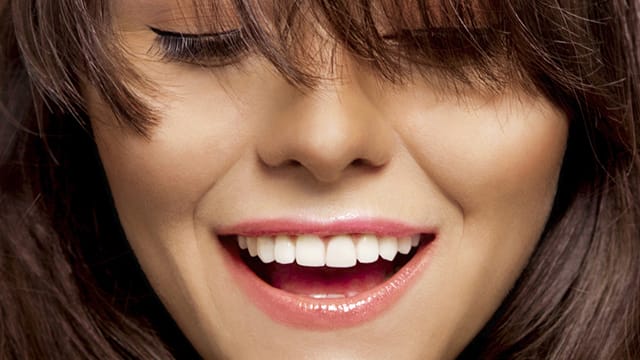Understanding the Natural Shade of Teeth
Many people dream of having a pearly-white Hollywood smile, while yellowing teeth are associated with bad habits or poor oral hygiene. So you might be surprised to hear that teeth actually have quite a lot of variation in natural color. Some people have white or off-white teeth, while other people’s teeth have more of a yellowish hue. Some people even have a reddish-brown tinge to their teeth. And it’s not uncommon to find several shades in a single smile. As long as teeth are free from plaque, tartar and decay, this spectrum of tooth shades is actually perfectly normal.
Changing Teeth Shades is Normal
The shade of your teeth can be genetic, and the shade can change as you get older. Eating acidic or dark-colored foods, drinking coffee or tea, and smoking can make teeth look dull. According to a European Journal of Dentistry study, men and women had different tooth shades, and age was a significant variable that affected tooth shade.
Speaking with your dentist about teeth whitening treatments is important because your dentist can recommend the best option. Your dentist can use tools to measure the shade of your teeth and record the shade on a standardized scale. Professional teeth whitening can brighten your tooth shade at least one or two shades on this scale, depending on your circumstances.
Professional Whitening Treatments vs. Store-Bought Products
The good news is that several options are available to whiten your teeth, including treatments from your dentist, custom at-home whitening trays, and other whitening products. Whitening products sold in stores have lower concentrations of whitening ingredients, so results can be less dramatic and take longer. However, they are typically more cost-effective. Professional teeth whitening at your dentist's office can be completed in a single visit and give long-lasting results.
All whitening treatments, professional or over-the-counter, will need to be maintained with proper oral care and touch-ups. Whitening toothpaste can remove some surface stains from food and beverages, helping you to maintain the results of your treatment.
The Dangers of Over-Whitening
Whitening your teeth safely is very important, as some ingredients can inflame your gums and increase your risk for tooth sensitivity. Whitening products bought at the store typically have a lower concentration of whitening ingredients. However, you can still damage your teeth and gums if you use those products for longer or more often than described in the directions.
How white your teeth can get depends on many factors. However, you can work with your dentist on the best achievable whitening and ensure those results are maintained. Using whitening products safely and according to directions, and maintaining proper oral care by brushing and flossing, will ensure whitening results last as long as possible.
This article is intended to promote understanding of and knowledge about general oral health topics. It is not intended to be a substitute for professional advice, diagnosis or treatment. Always seek the advice of your dentist or other qualified healthcare provider with any questions you may have regarding a medical condition or treatment.
ORAL HEALTH QUIZ
What's behind your smile?
Take our Oral Health assessment to get the most from your oral care routine
ORAL HEALTH QUIZ
What's behind your smile?
Take our Oral Health assessment to get the most from your oral care routine
Join Us
Get the best of your oral health routine and take it to the next level with expert advice, recommendations, products and solutions and special offers.
Join Us
Get the best of your oral health routine and take it to the next level with expert advice, recommendations, products and solutions and special offers.















